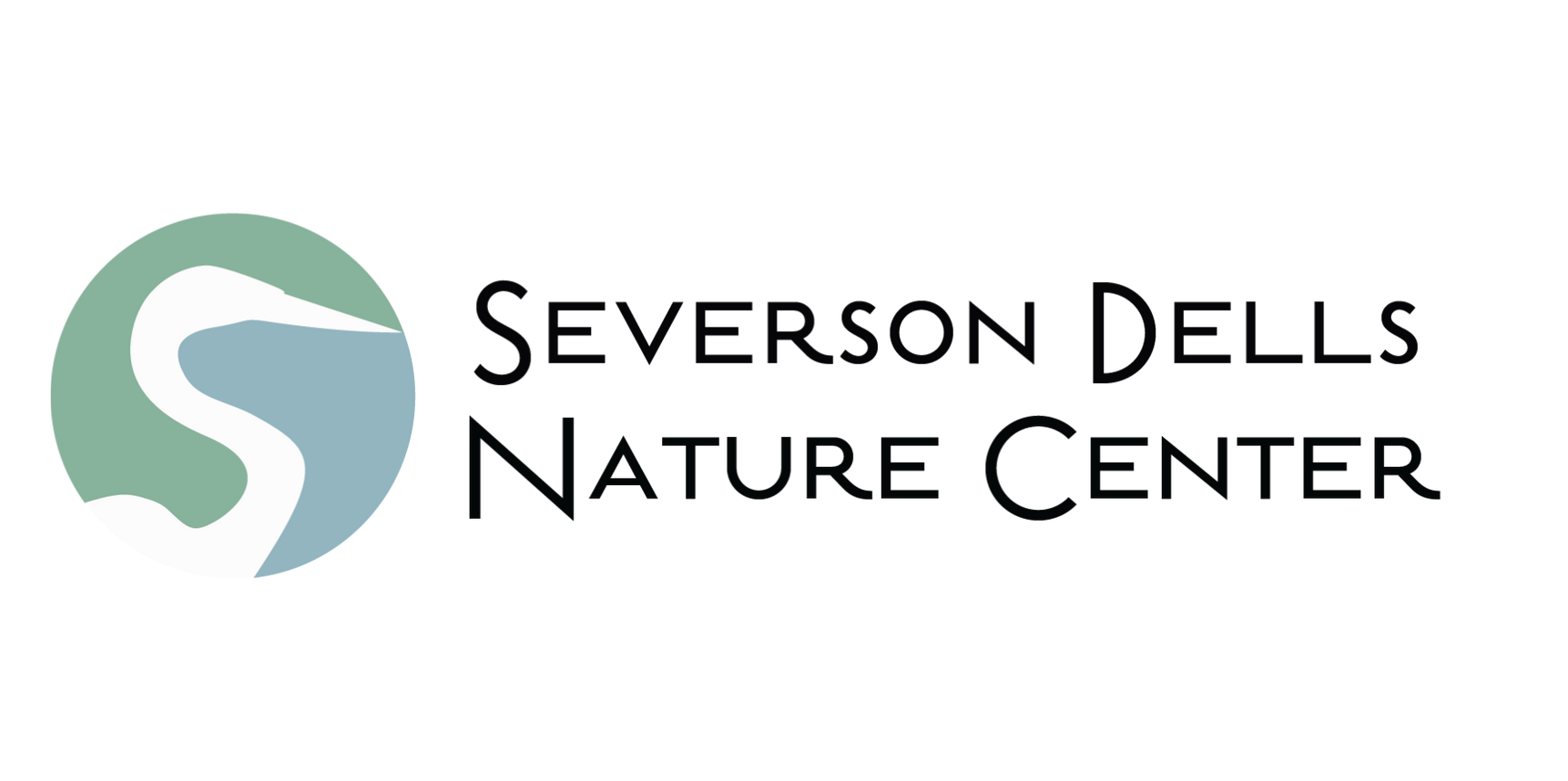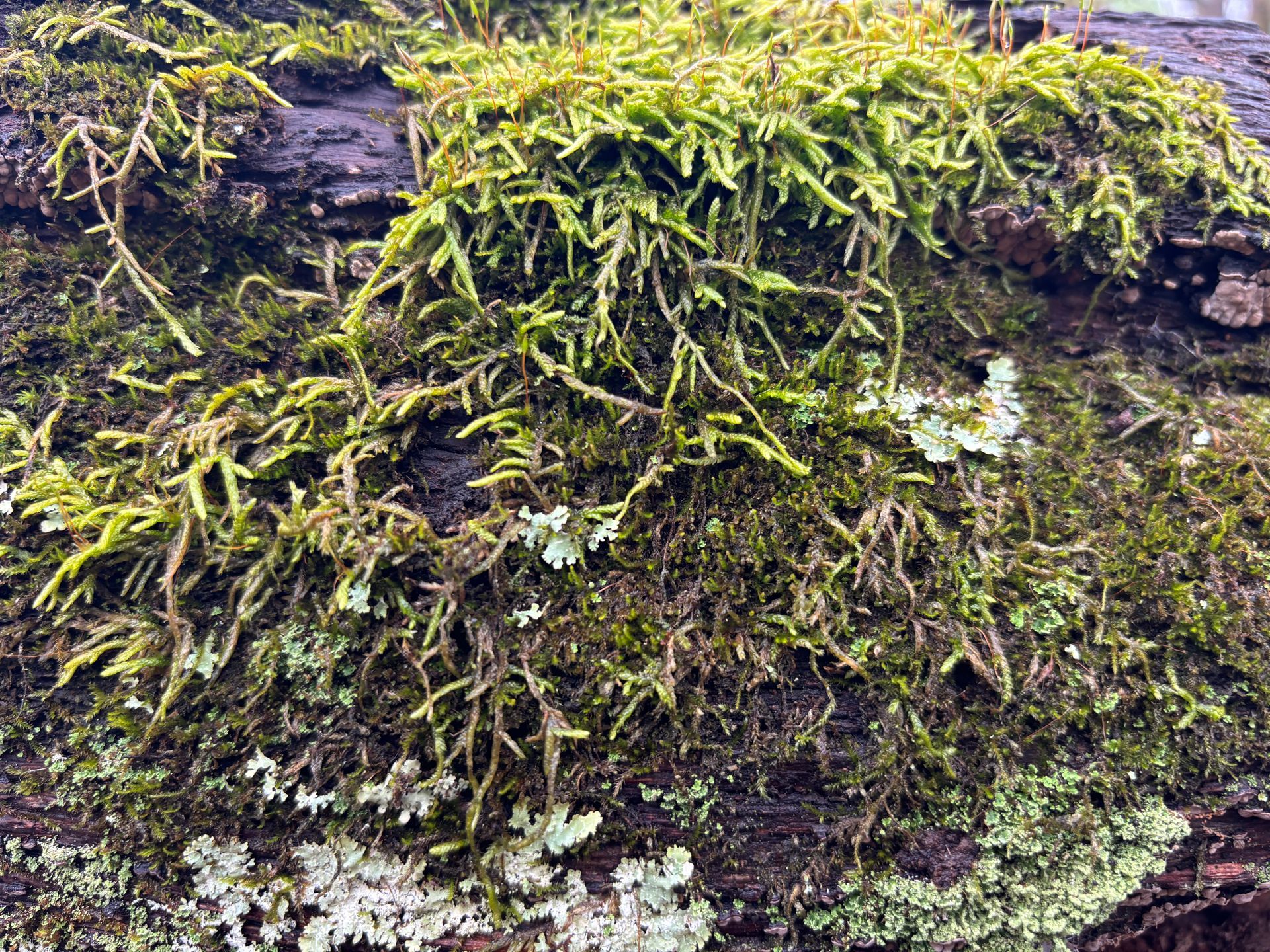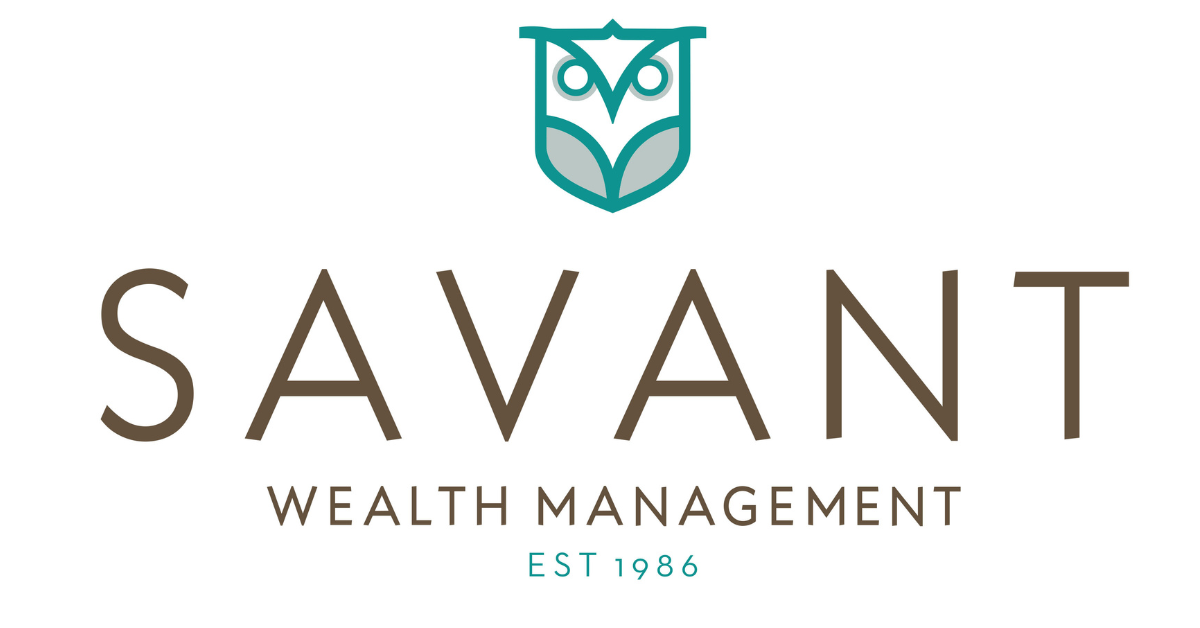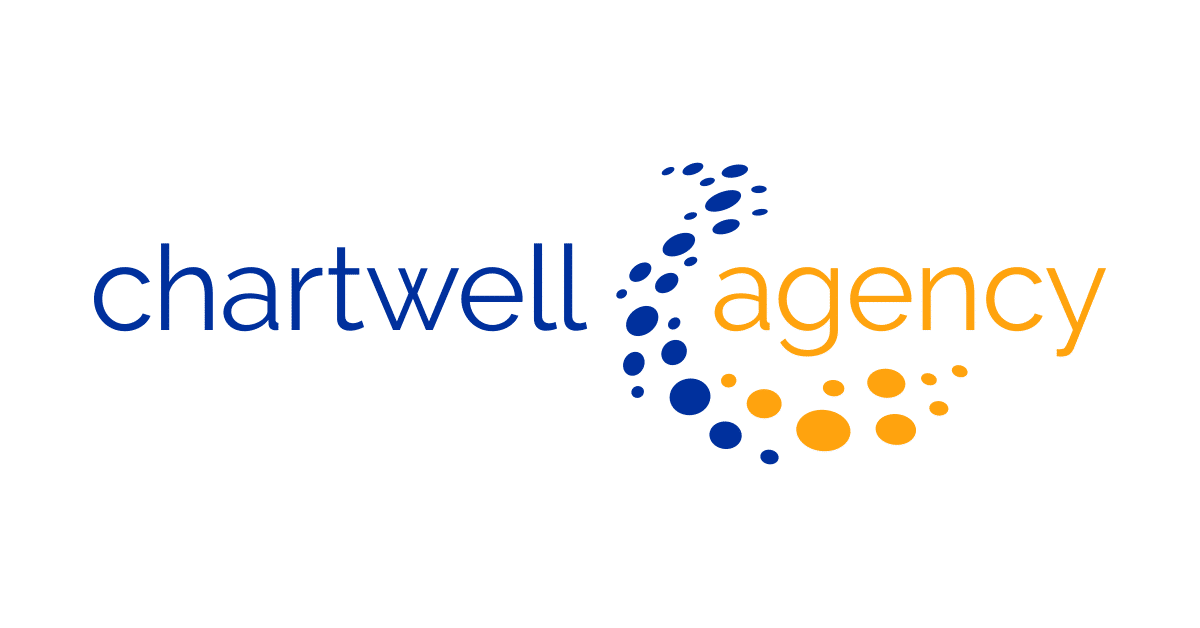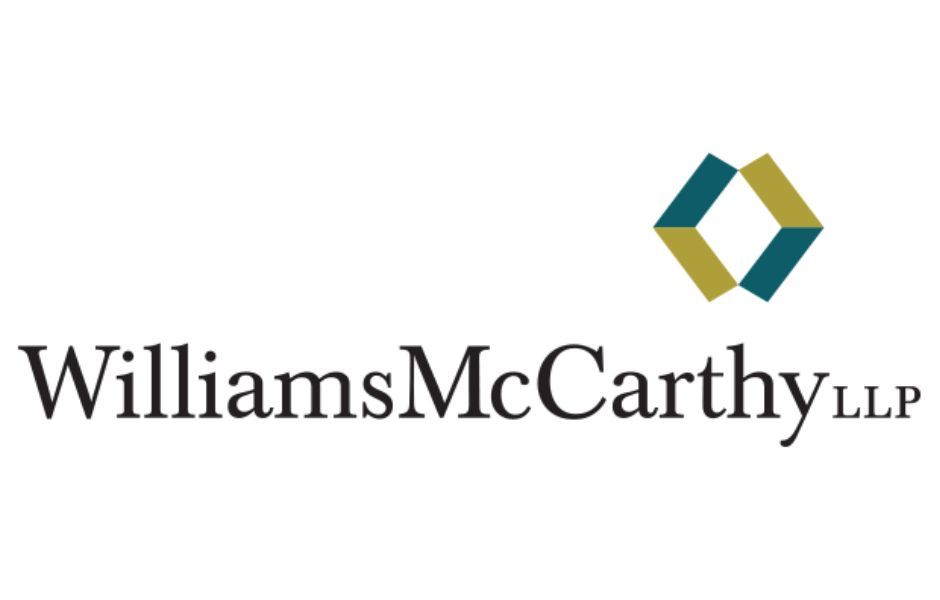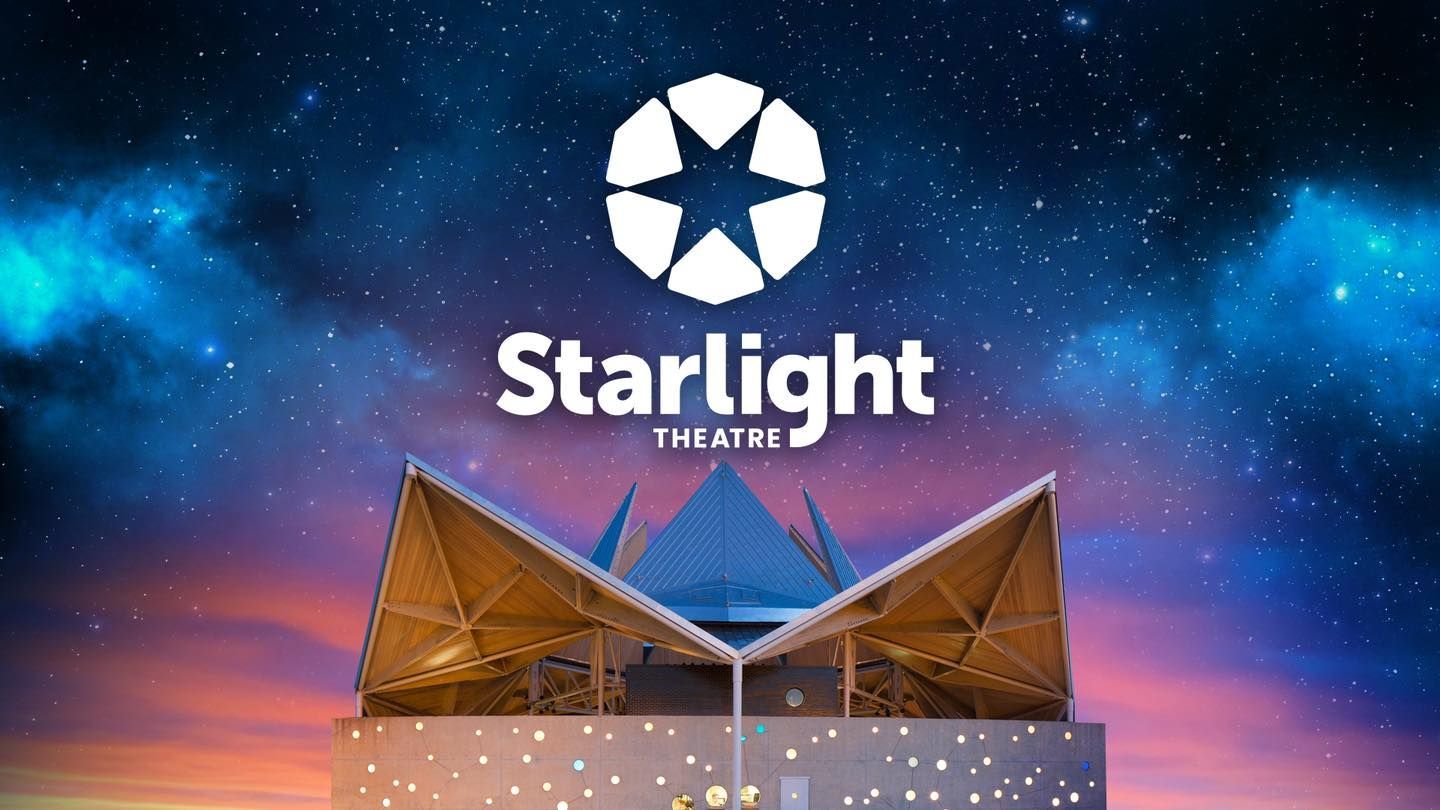FIELD NOTES BLOG
Community Science in 2025
Community Science is an important part of what we do here at Severson Dells Nature Center, but community Science can often be an ill-defined idea. So in this blog, I will define what Community Science means to us, I will explain how Community Science benefits our community, and I will reveal what we have planned for Community Science in 2025.
What is Community Science?
Community Science is all about empowering communities to ask their own scientific questions about what is happening within them. Community scientists can ask questions about their environment, their social structures, their economies, and more. Community Science involves connecting community members with scientific experts to use the scientific method to answer important questions about the community.
Community Science is sometimes used interchangeably with the term citizen science; however, it has a slightly different meaning. Citizen science refers to a kind of study in which researchers use citizen volunteers to help them collect data from a broader sample then they would be able to on their own. The term “citizen” in this context does not refer to any national citizenship, but rather, a person not employed in a field of scientific study. Community Science is different, because it involves community input on what should be studied, and it uses local community knowledge to improve study design.
Here at Severson Dells, we chose to use the term Community Science because our goal is to have our research be driven by and meet the needs of our community. We want this program to be inclusive and accessible, and we understand the connotations that can be associated with the term “citizen” for people who may be unfamiliar with such projects.
We have a few different Community Science projects that we are working on. We are collecting data on biodiversity at our property at the former Elliot Golf Course; we are assisting partners like the Rockford Park District with data collection for frogs, bats, bumblebees, and aquatic macroinvertebrates; and we are helping to expand projects that have been started by other communities such as Winter Chloride Watch.
How does it benefit our community?
Research conducted into the impact of Community Science has found that there are numerous benefits, centering around how collective research empowers communities. Community Science has been shown to give members more sense of place, strengthening shared values, fostering better understanding of the local environments, and strengthening decision making processes.
Partnership with Rockford Park District
This year we are very excited to be starting a new partnership with the Rockford Park District to gather data on natural areas in parks across Rockford. We are collecting data on Chloride ion pollution from deicing salt, and in the summer we will be studying the abundance and diversity of bat, frog, and bumblebee populations. We will also study the health of Kent creek and Keith cree in Rockford parks by sampling macroinvertebrates that act as indicator species through the RiverWatch program. The data that we collect will be used to inform restoration and management priorities, apply for conservation and restoration grants, effectively balance conservation and recreation interests.
Elliot Golf Course
In addition to data collection at Park District sites, we will be collecting extensive data on the biodiversity at Elliot golf course prior to restoration. We will be monitoring populations of frogs, birds, bats, insects, aquatic macroinvertebrates, and plants. These data will continue to be collected as the property is restored to prairie, wetland and savanna, so that the effectiveness of the restoration can be determined. Data on potential pollution sources including chloride and nitrates will also be collected at the property. These data will tell us if there are any current pollution issues that need to be addressed, and how the restoration impacts the amount of the pollutants present.
Winter Chloride Watch
The main Community Science project we are currently working on is winter chloride watch. We are monitoring chloride levels throughout the winter at six locations in three different watersheds. Chloride pollution mostly arises from the application of deicing salts to roadways. Chloride pollution is of concern because it is toxic to aquatic animals in high enough concentrations and it can increase corrosion of toxic heavy metals into water supplies. We are monitoring levels using the protocols designed by scientists at the National Great Rivers Research and Education Center at three parks along Kent Creek in West Rockford: Levings park, Searls park, and Tinker park. We are also monitoring Hall Creek here at Severson Dells FP, and Manning Creek at our property at the former Elliot golf course and upstream at the RMTD Eastside Transfer Center.
So far this winter we have found elevated chloride concentrations in Kent Creek at Tinker park and in Manning Creek at Elliot golf course and the RMTD transfer Center; however, we have not found any concentrations over the EPA limit of 500 ppm. We will continue to share data with the public and with local governments and agencies that apply salt as we gather it. The data is also being shared with researchers at the National Great Rivers Research and Education Center. Data from this project can be found at app.waterrangers.ca.
Calling Frog Surveys
Beginning at the end of February, we will be starting calling frog surveys at seven Rockford parks as well as the former Elliot Golf Course. Calling frog populations will be studied at Alpine park, Aldeen park, Anna Page park, Atwood park, Blackhawk park, Levings park, and Searls park. The surveys are conducted using the protocols developed by scientists at the Peggy Notebaert Nature Museum at the Chicago Academy of Sciences. The calling frog survey takes place in three different windows of time which correspond with different frog species’ mating seasons. The first window is from late February to late April. During this first window we will be listening for common Western chorus frogs (Pseudacris triseriata), Northern leopard frogs (Lithobates pipiens), and Spring peepers (Pseudacris crucifer), as well as the very rare Pickerel frog (Lithobates palustris) and wood frog (Lithobates sylvaticus). In the second window from May to mid June, we will be listening for American toads (Anaxyrus americanus) and two closely related species of gray treefrog, Eastern gray treefrogs (Dryophetes versicolor) and Cope’s gray tree frog (Dryophestes chrysoscelis). Despite how similar these two species look, Cope’s gray treefrogs are very rare while Eastern gray treefrogs are fairly common. They are differentiated by the auditory frequencies of their call, which is why auditory monitoring is so important!
Bat Surveys
Over the Spring-Fall season, we will be surveying bat populations at seven Rockford Park District parks and at the former Elliot golf course. Monitoring bat populations in Winnebago county is essential because we have multiple species of bats that are threatened or endangered. Monitoring bat populations can help land management organizations like the Rockford Park District best utilize their land for bat habitat management. Robust data on bat populations can also help organizations apply for grants to restore or protect more land.
Conclusion
Community Science is a great way to learn more about our environment while also empowering ourselves and our communities. Here at Severson Dells, we are very excited to be taking on these new projects through our partnership with the Rockford Park District and our purchase of Elliot golf course. If you would like to participate in any of these projects or have any idea for a Community Science project you would like our help with please contact communityscience@seversondells.org.
Sources
https://www.sciencedirect.com/science/article/pii/S1462901119300942#bib0195
https://communityscience.astc.org/overview/
https://www.ngrrec.org/outreach/community-science/riverwatch/index.html

RECENT ARTICLES

